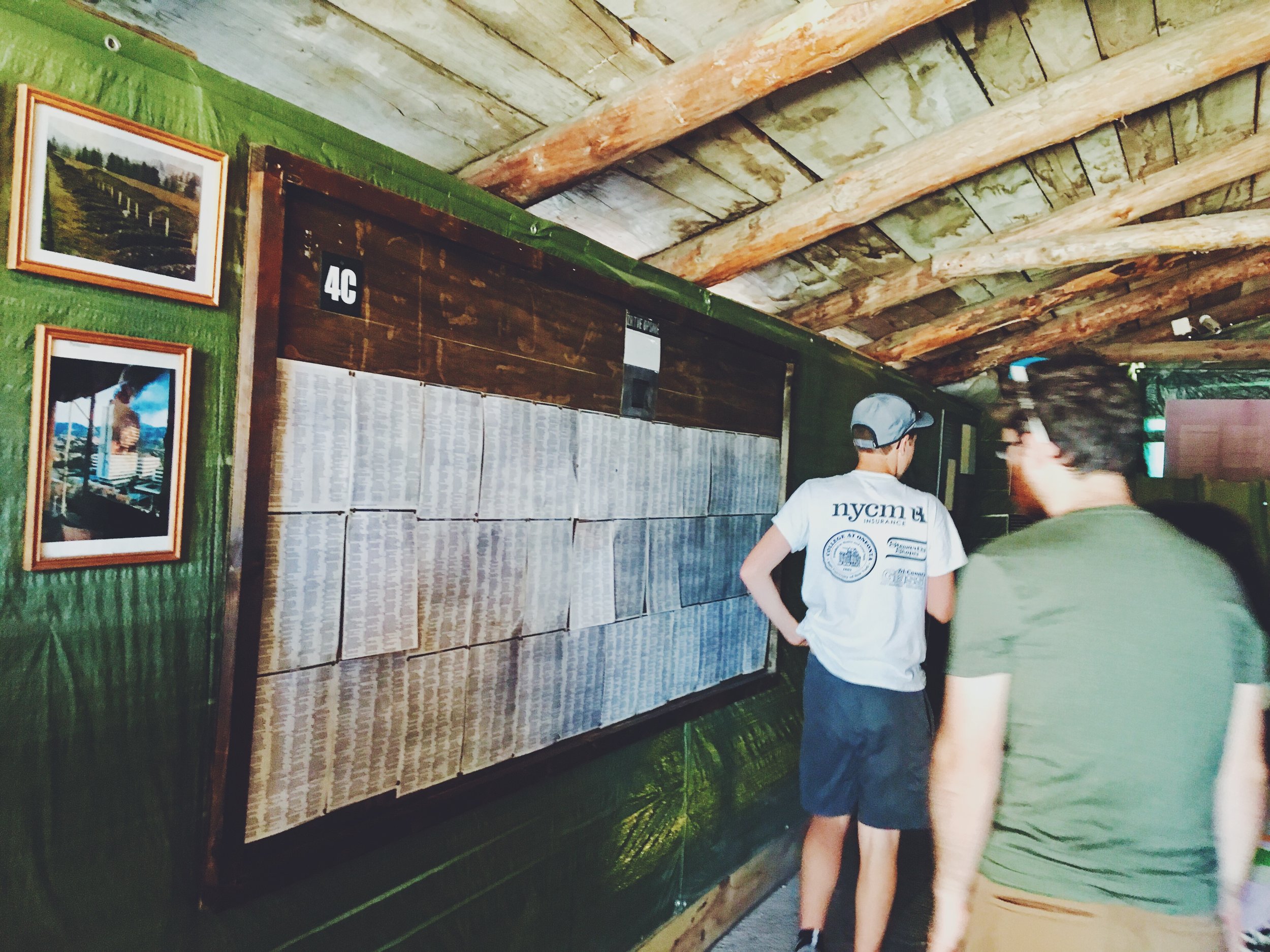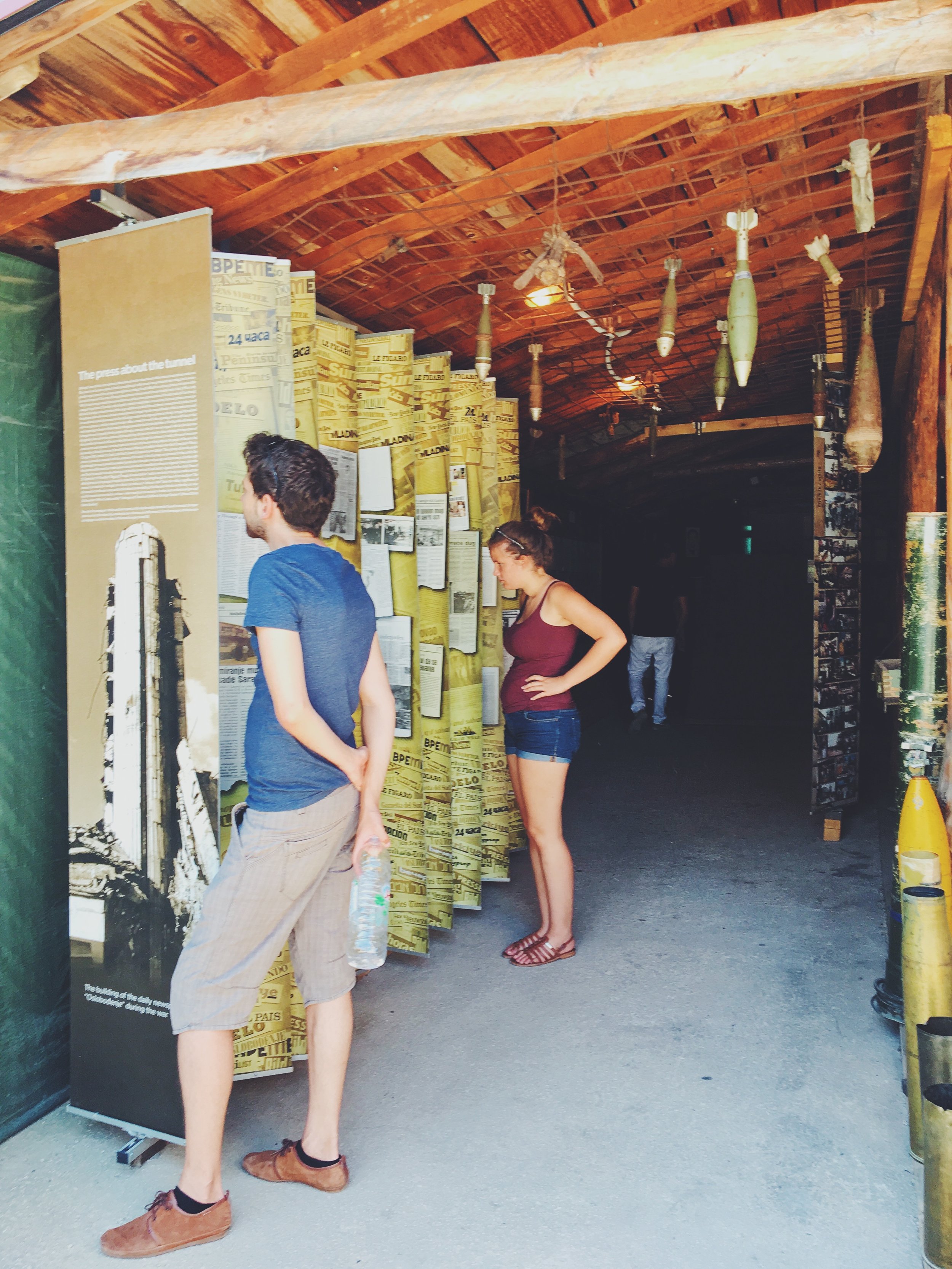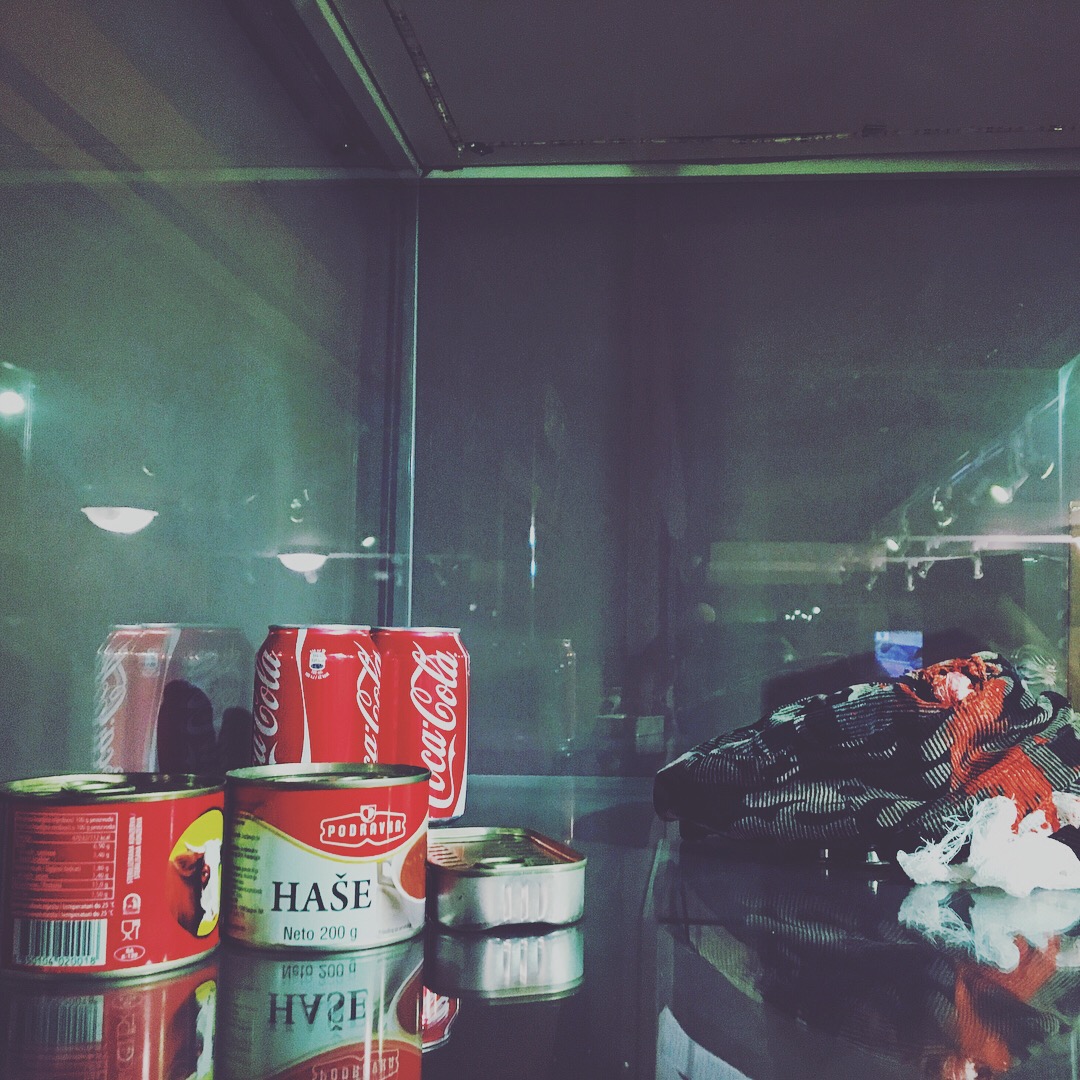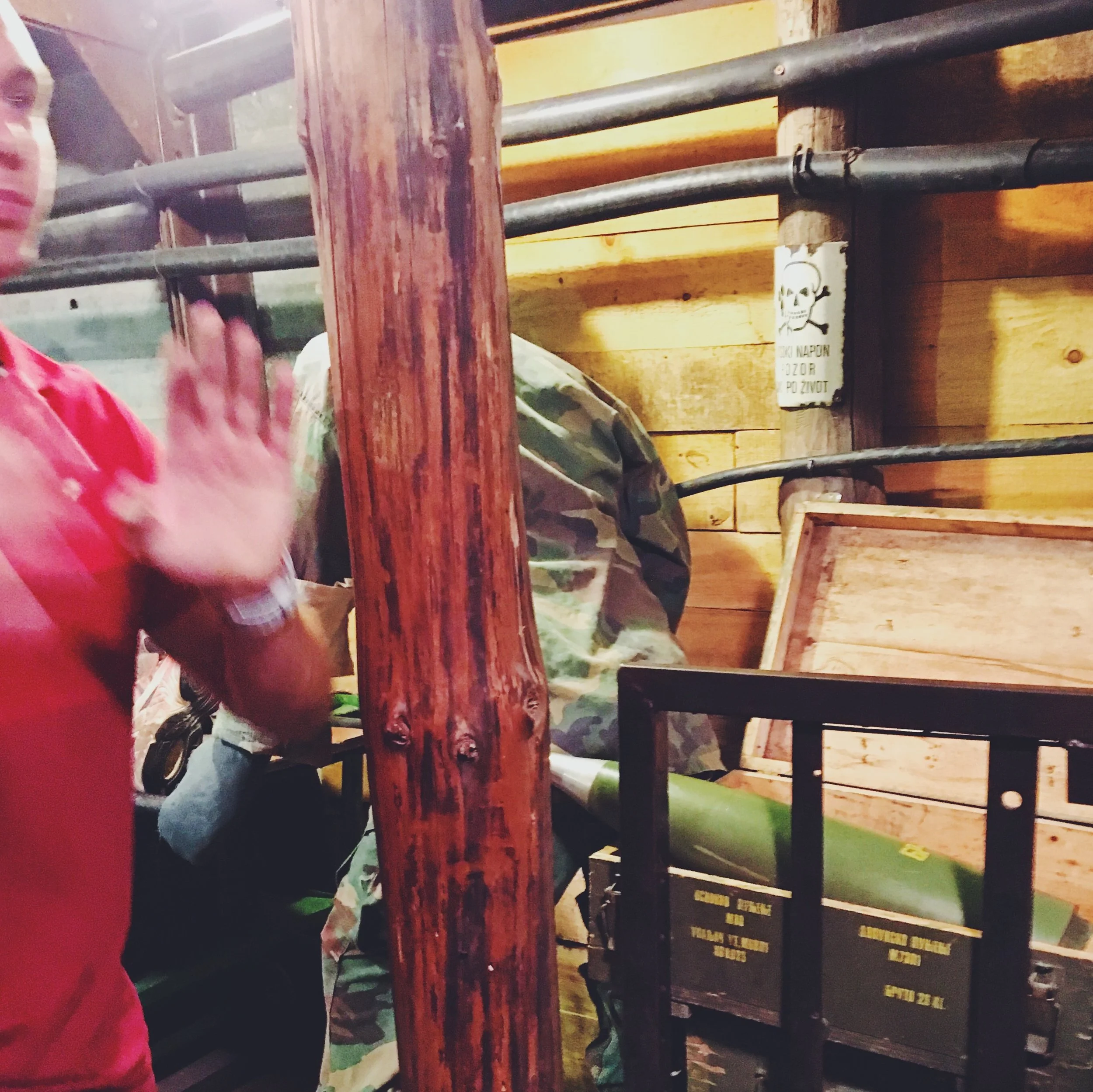TUNNEL OF HOPE
We are far from understanding the War in Bosnia but through our travels, have learned that it spread like a stain across the whole country, devastating cities like Sarajevo, Mostar, Srebrenica and the countryside in between. The citizens of Sarajevo were pinned down by siege for four long years, from 1992 - 1995, when Serbian forces surrounded the city on three sides, entrenching themselves in the hills where they could fire down on anything that moved. During our visit to the Tunel Spasa, aka the "Tunnel of Hope", near the Sarajevo airport, we learned how a hand-dug underground passage served as a lifeline for the people of Sarajevo during the siege and was the only means by which they received food and supplies.
On the way home from the museum, we drove down "Sniper Alley", the city's main thoroughfare, and observed the many buildings that still bear the scattered sprays of bullet holes and shrapnel, the devastation from the grenades and the (on average) 300 shells that fell on the city each day. Over 11,000 civilians (including over 1000 children) were killed during the Sarajevo siege, their names now listed on white sheets of paper tacked to the wall in the tunnel museum.
"When the miracle of the Bosnian resistance is solved from a historic distance, it will be found - and I am sure of that - that the secret was somewhere in the souls or characters of the people." — Alije Izetbegovic, first President of the Republic of Bosnia and Herzegovina
Our guide (born in Sarajevo during the siege) gave us a quick schooling on the geography of the war and its players.
My niece, Emily inside the tunnel. Made by local citizens and dug by hand over a period of four months, it is 2400 feet in length and 5 feet high by 3 feet wide. During the war, it connected the Butmir side (free Bosnian zone) to the Dobrinjia side (Sarajevo side under siege). Goods were moved in small carts via tracks laid on the tunnel floor and later on, electricty and permanent lighting were added. The tunnel was rife with danger. Underground waters could flood up to waist-high and the air quality was extremely poor, requiring all who entered to wear masks.
Examples of the types of supplies that would have been highly valued during the siege—tinned foods, soda, chocolate. Smugglers risked their lives traveling 4 to 5 hours through the tunnel then, up to 2 1/2 additional hours dodging Serb bullets in Sniper Alley to deliver goods to loved ones in the old city.
Remnants of a UN desk complete with one of the top wartime commodities: cigarettes. Museum guides (many of whom were children during the conflict) maintain that the UN soldiers were largely unhelpful to the civilan population and more interested in passing the time by partying or engaging in corrupt dealings—such as manipulating tunnel access for personal blackmarket gain.
Museum visitors view the list of 11,000 civilians killed during the siege of Sarajevo.
More Photos of the Tunnel Spasa:
Tour Info: We booked a 2-hour tour through a company in the Old City. They provided roundtrip transport from downtown Sarajevo to the Tunel Spasa, including a spin through Sniper Alley on the way back. Per passenger cost was around €15. More info here.




















